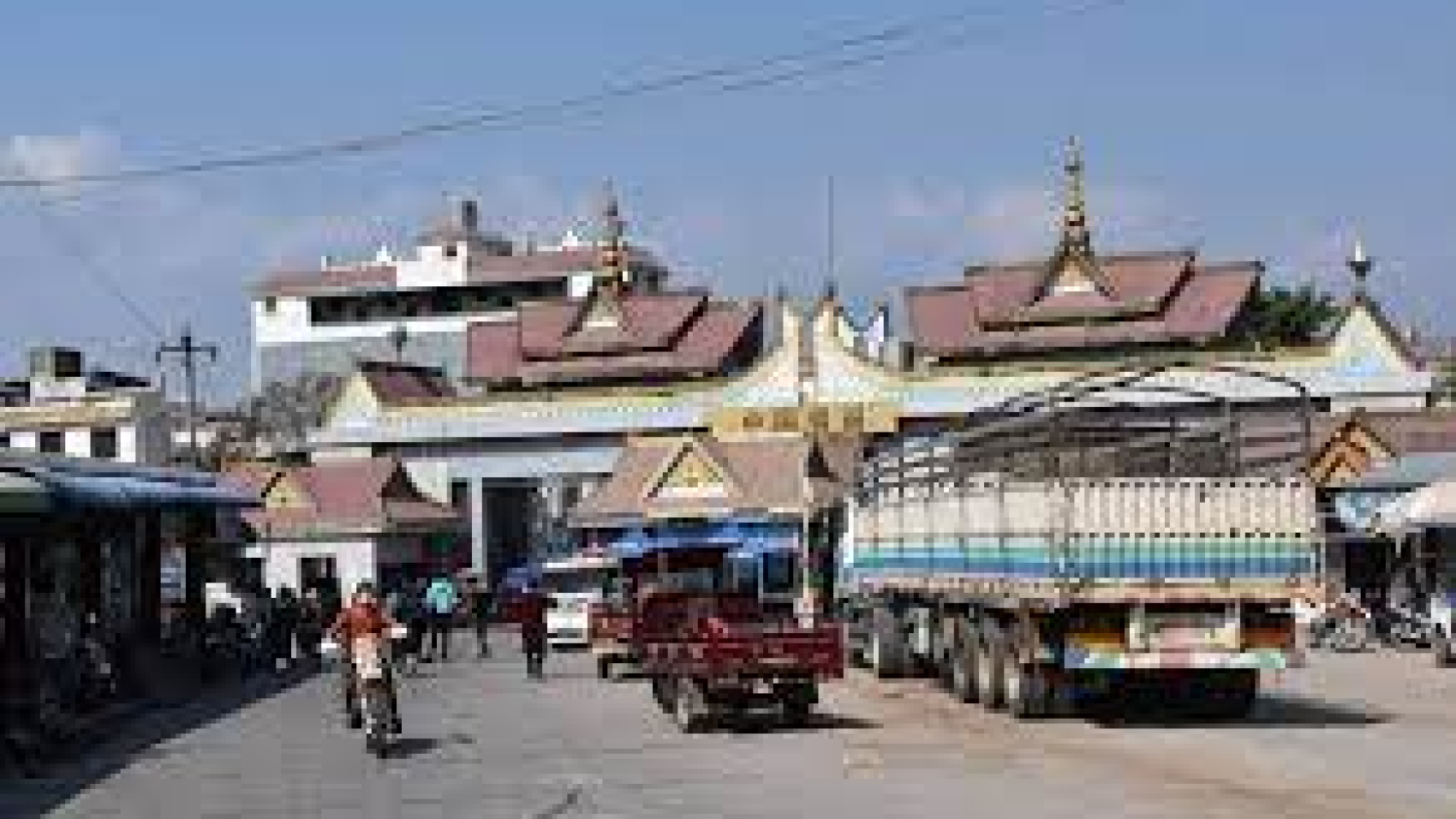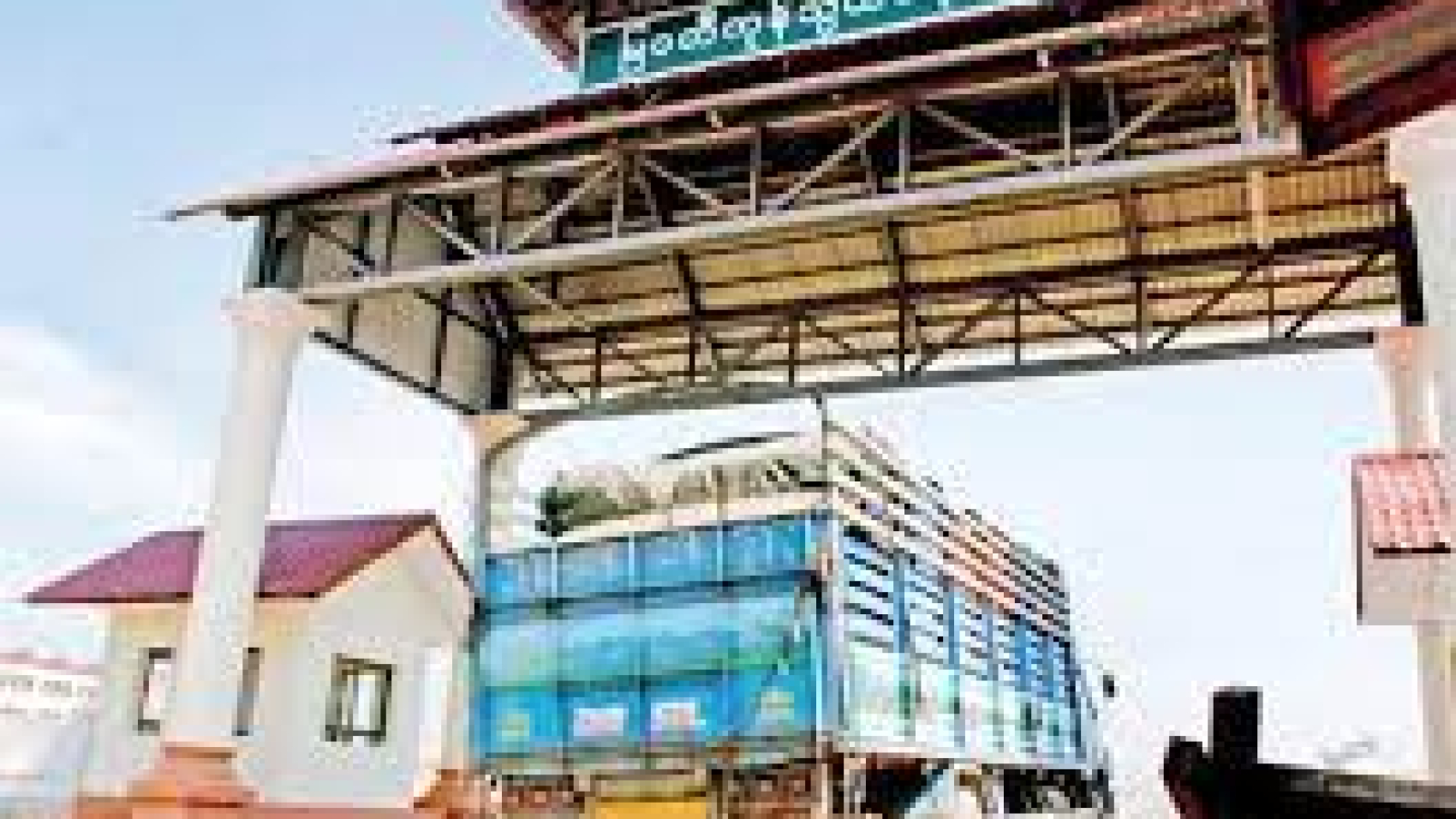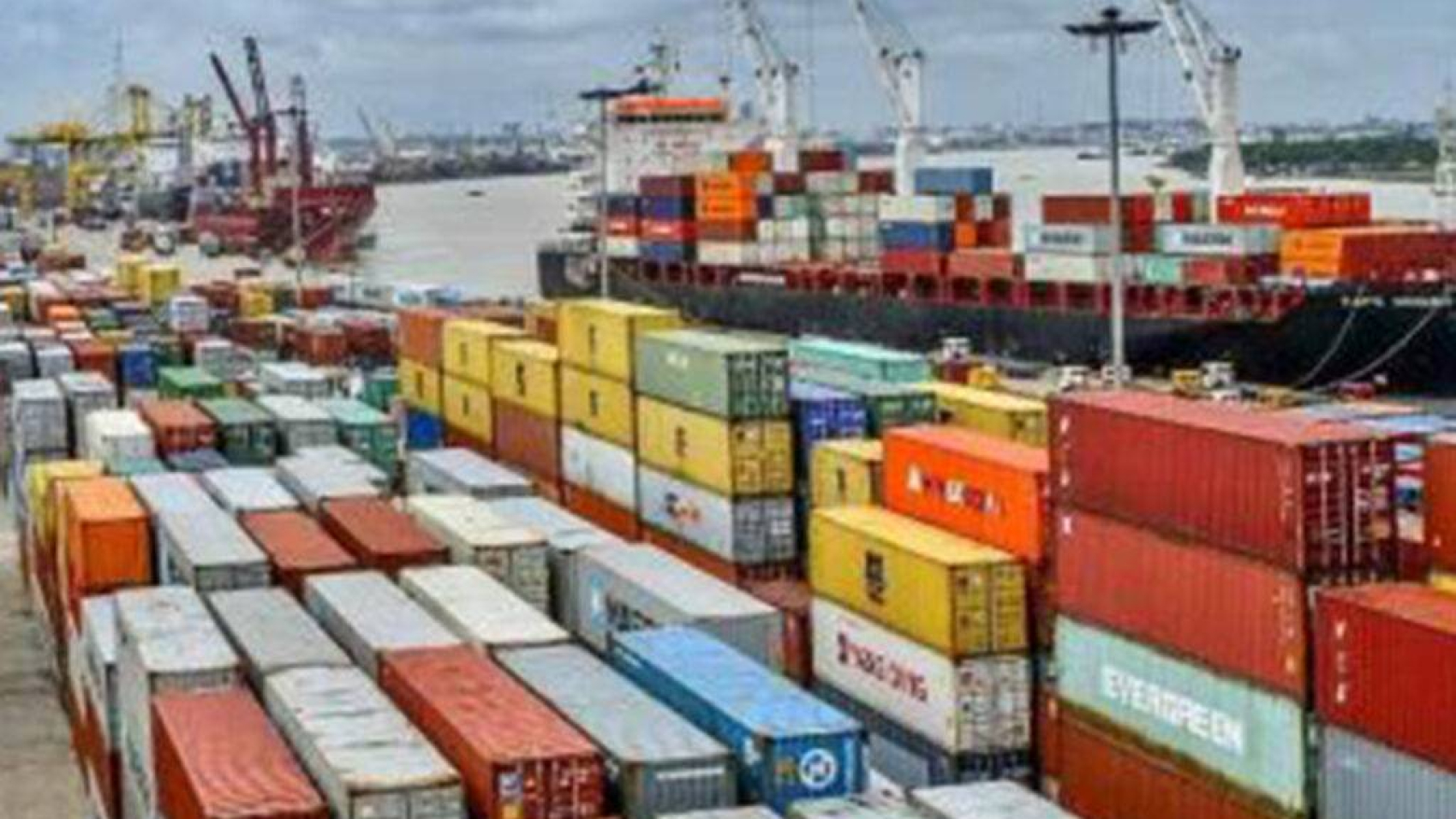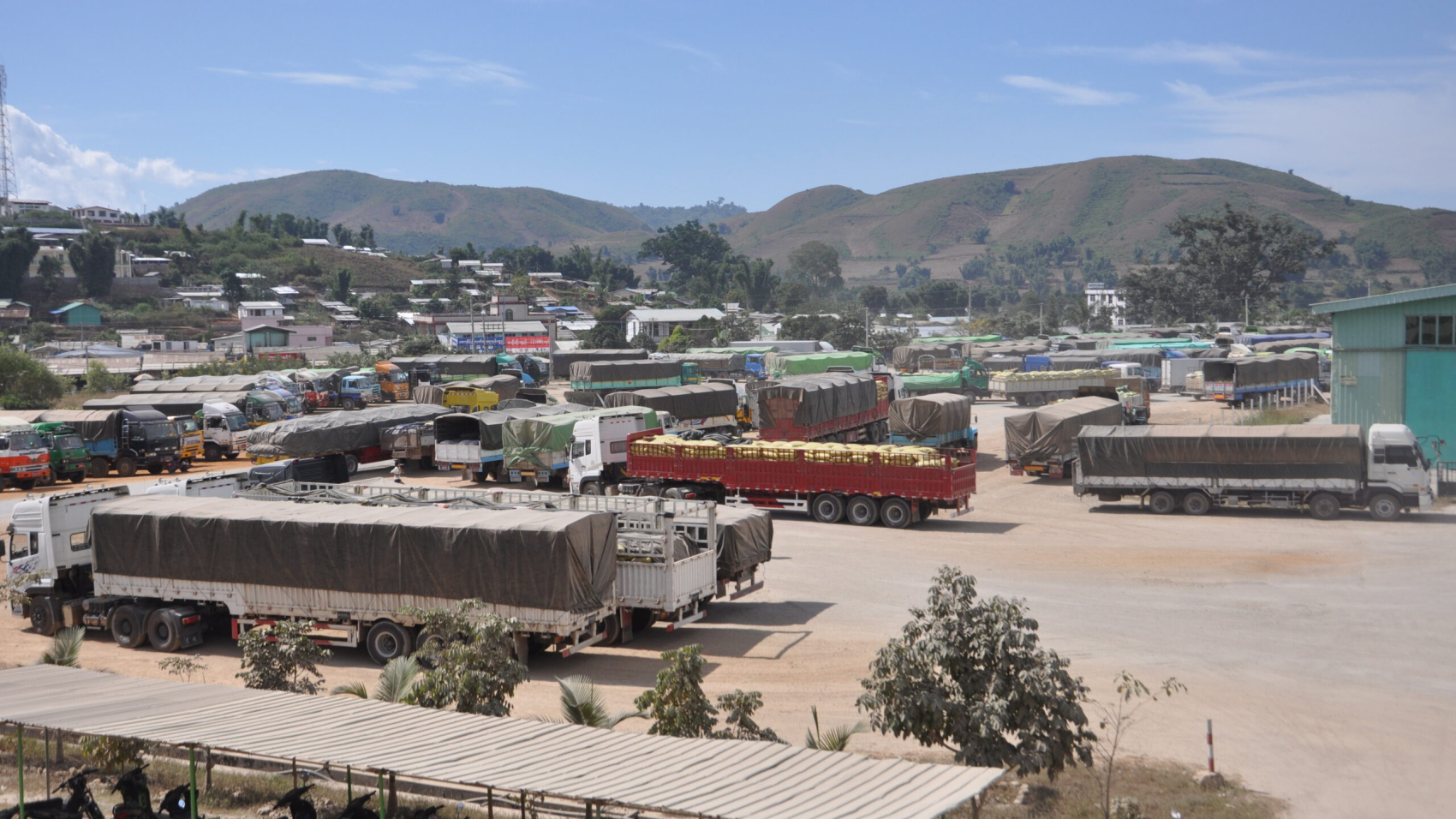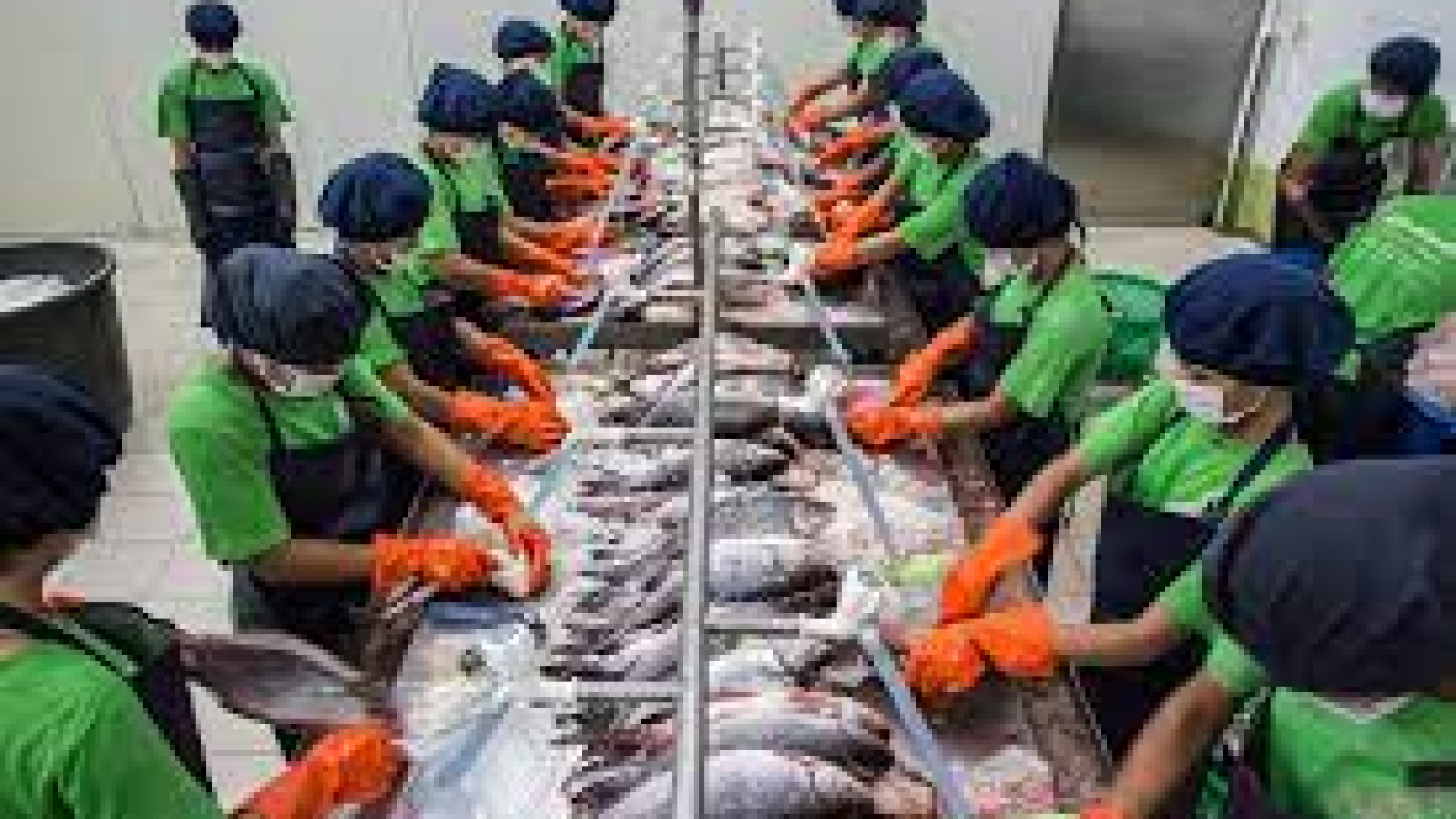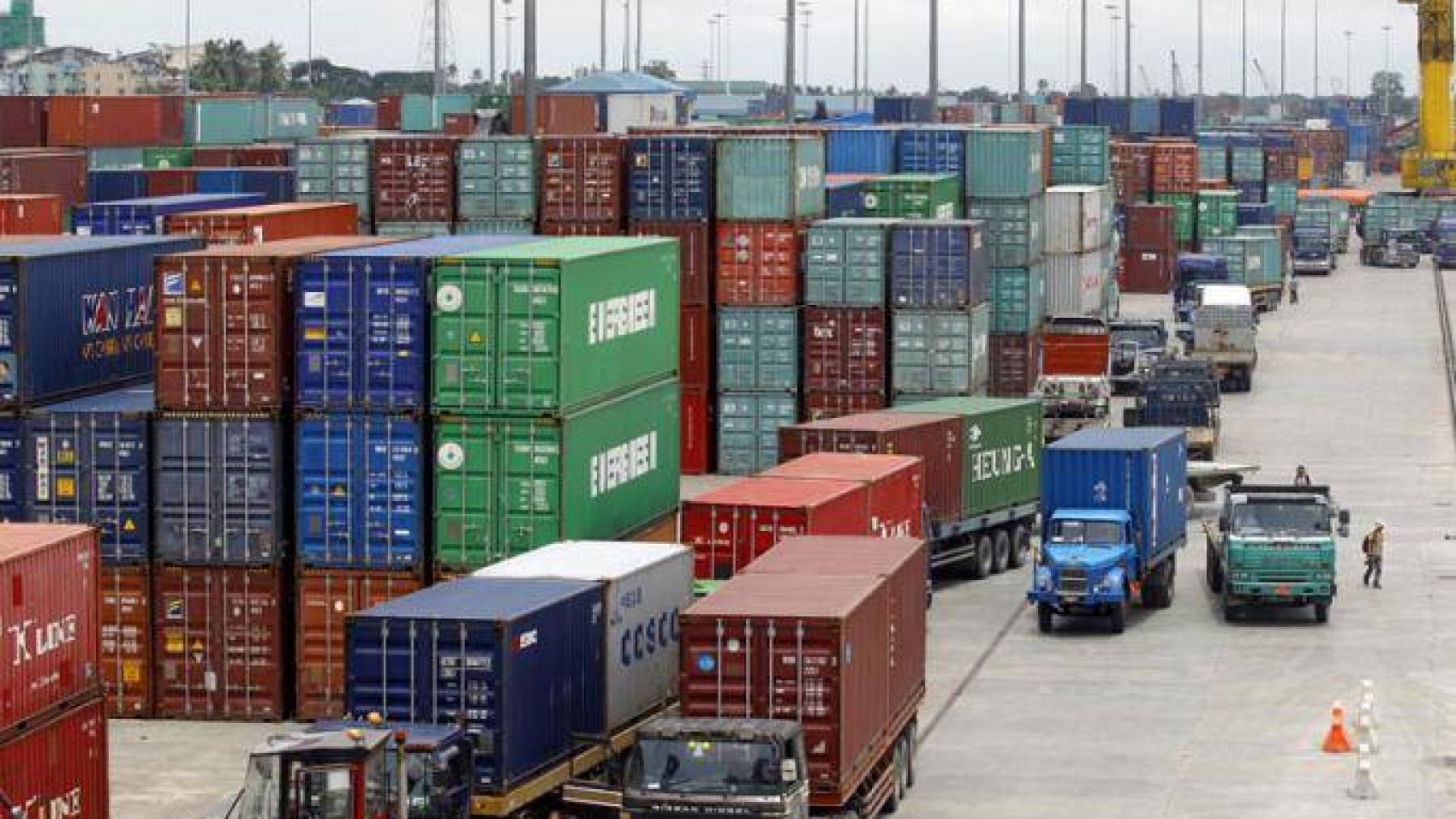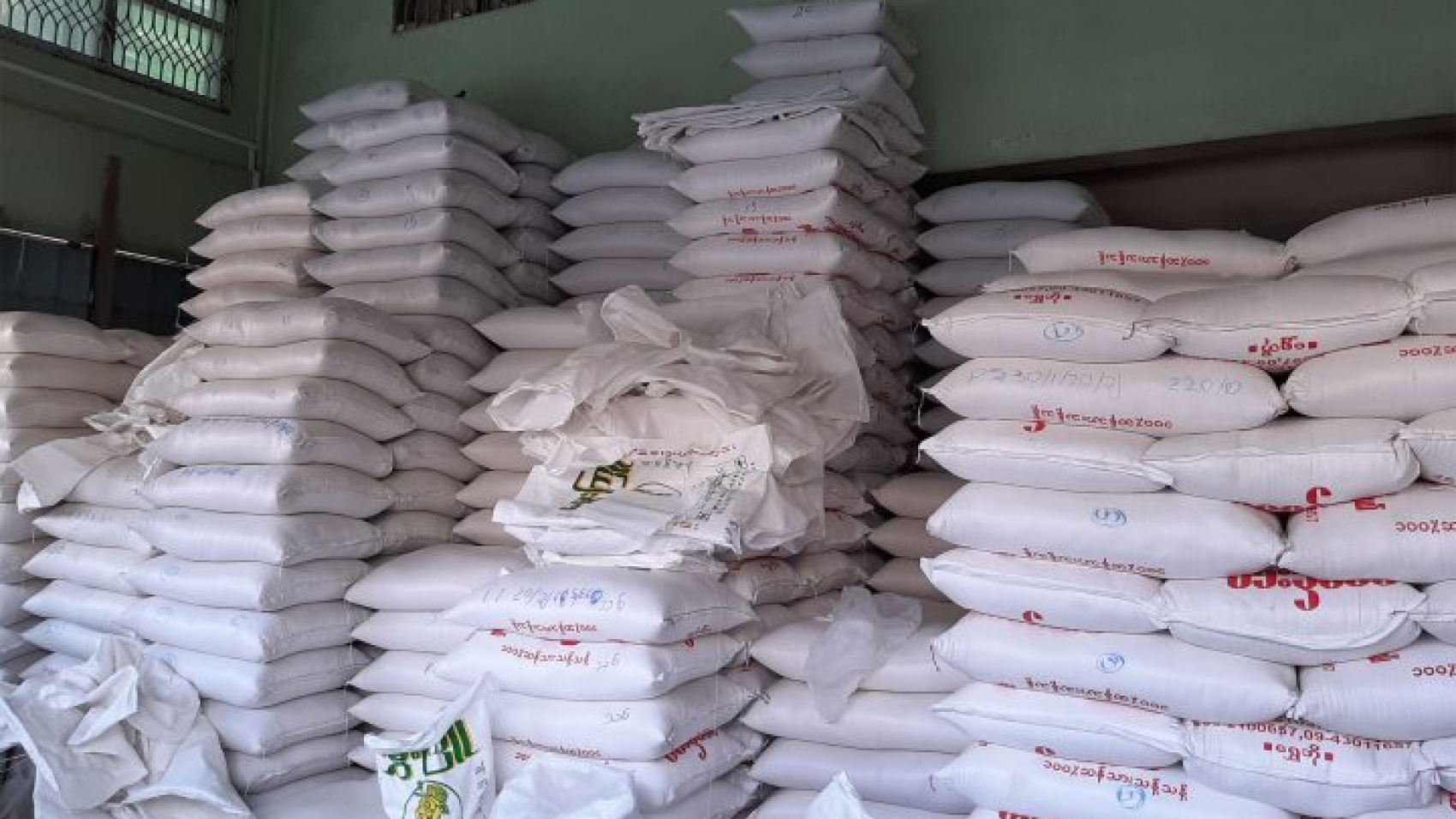ACCORDING to data from the Ministry of Commerce, there has been an improvement in cargo transport
activities in less than five months since the opening of the China-Myanmar border identified as the Ruili border. The China-Myanmar Ruili Border, which was opened on 8 January 2023, saw an increase of 7.4 per cent in export and import of 5.707 million tonnes compared to the same period of the previous year. Trade through the Ruili border has recovered in the first five months of this year, and since the opening of the border, more than 3,500 people have been entering and exiting the border every day.
Export types increased from 184 in the same period last year to 1,698 this year, and the number of foreign
trade enterprises that received trade volume increased from only 29 last year to 545 this year, according to Ruili Customs Department statistics. In addition, the Department of Trade under the Ministry of Commerce in Myanmar issued an announcement on 23 June that the banking system will be implemented in the Myanmar- China border trade starting from 1 August 2023.
According to the statement, Myanmar-Thailand border trade issues have been handled through the banking system since 1 November 2022, as an initial step, and on the second step, Myanmar-China border trade will be operated using the banking system from 1 August. When applying for an import licence, companies must submit the original bank statement and the credit advice issued by the relevant bank to the Trade Department so as to show that the income from exports (or other income) has been entered into the bank account (income entered after 1 January 2023 only) or purchased from a local bank. Thenthe department will verify the amount submitted by companies and issue an import licence that does not exceed the balance of the bank account. In doing so, import licence applications that have been applied for until 30 August are not valid. Importing goods with import licences that have been issued before that date must be completed before 31 August; if not, the import licences will be invalid.
Source: The Global New Light of Myanmar

